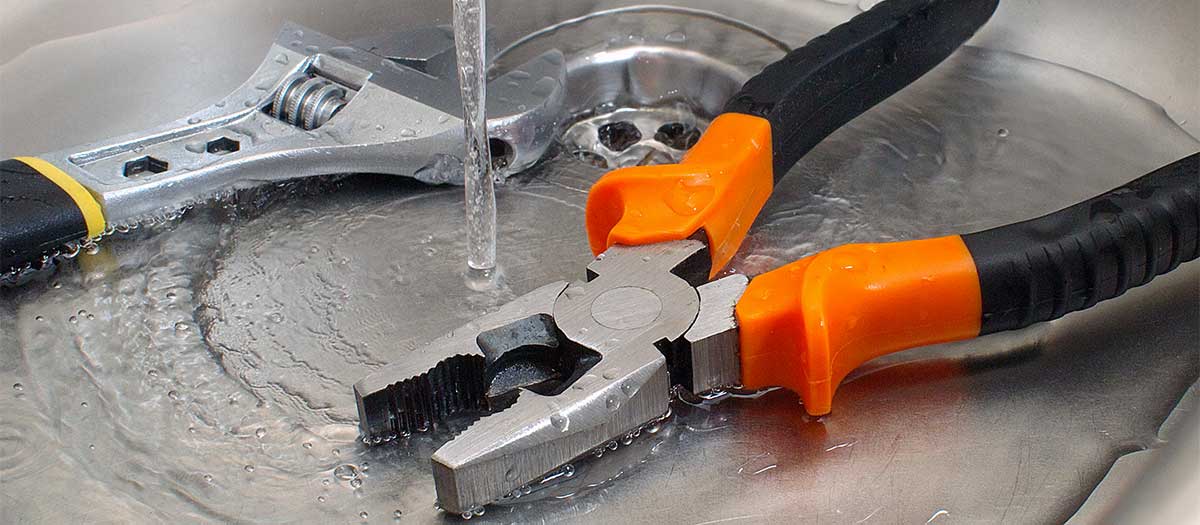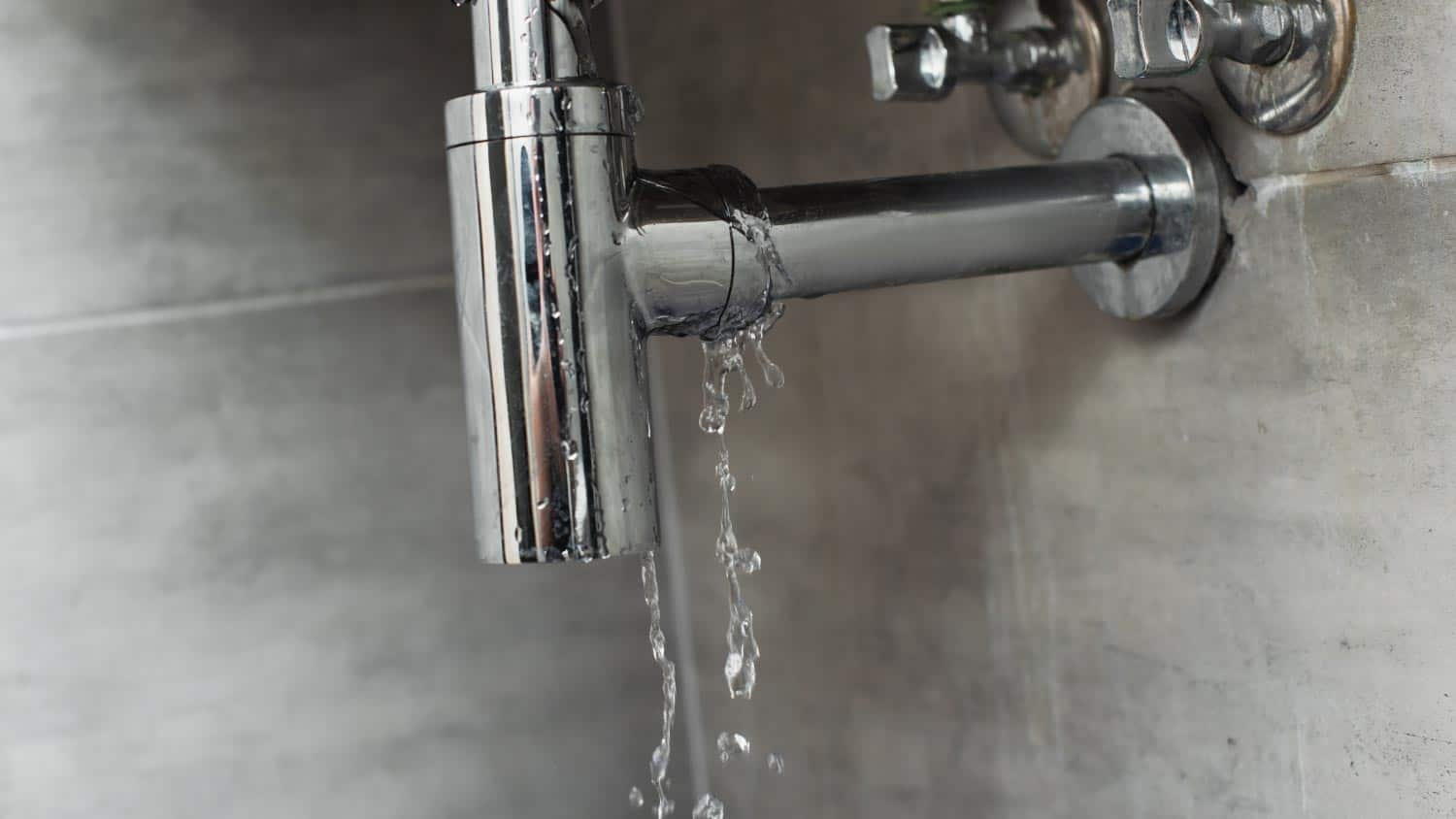6 Ways to Locate Concealed Water Leaks in Your House
6 Ways to Locate Concealed Water Leaks in Your House
Blog Article
Just about everyone has got their own unique way of thinking in relation to Locating water leaks.

Early detection of dripping water lines can alleviate a possible catastrophe. Some little water leakages may not be noticeable.
1. Take A Look At the Water Meter
Every home has a water meter. Examining it is a proven way that aids you find leaks. For starters, shut off all the water sources. Make certain nobody will certainly purge, utilize the faucet, shower, run the cleaning equipment or dishwashing machine. From there, most likely to the meter and watch if it will certainly transform. Given that no person is using it, there should be no motions. That indicates a fast-moving leak if it relocates. If you find no changes, wait an hour or two as well as check back once again. This means you might have a sluggish leak that could also be underground.
2. Examine Water Intake
Evaluate your water expenses as well as track your water intake. As the one paying it, you should discover if there are any kind of inconsistencies. If you detect sudden changes, in spite of your consumption being the same, it means that you have leakages in your plumbing system. Remember, your water costs should drop under the same array each month. An abrupt spike in your bill indicates a fast-moving leak.
On the other hand, a steady boost monthly, despite the same routines, shows you have a slow leak that's also gradually intensifying. Call a plumber to extensively check your residential property, particularly if you really feel a warm location on your floor with piping below.
3. Do a Food Coloring Examination
When it comes to water intake, 30% comes from commodes. If the shade somehow infiltrates your dish throughout that time without flushing, there's a leak in between the container as well as dish.
4. Asses Exterior Lines
Do not forget to check your outdoor water lines as well. Should water seep out of the connection, you have a loosened rubber gasket. One tiny leakage can squander tons of water and spike your water expense.
5. Examine and also Examine the Situation
Home owners must make it a habit to examine under the sink counters and even inside closets for any type of bad odor or mold development. These 2 warnings show a leakage so punctual focus is required. Doing regular inspections, even bi-annually, can save you from a significant issue.
Inspect for stainings and also deteriorating as a lot of pipelines and appliances have a life expectations. If you believe dripping water lines in your plumbing system, do not wait for it to escalate.
Early discovery of leaking water lines can alleviate a possible catastrophe. Some small water leakages might not be visible. Examining it is a proven means that assists you find leaks. One tiny leak can throw away lots of water and also surge your water bill.
If you presume leaking water lines in your plumbing system, don't wait for it to rise.
WARNING SIGNS OF WATER LEAKAGE BEHIND THE WALL
PERSISTENT MUSTY ODORS
As water slowly drips from a leaky pipe inside the wall, flooring and sheetrock stay damp and develop an odor similar to wet cardboard. It generates a musty smell that can help you find hidden leaks.
MOLD IN UNUSUAL AREAS
Mold usually grows in wet areas like kitchens, baths and laundry rooms. If you spot the stuff on walls or baseboards in other rooms of the house, it’s a good indicator of undetected water leaks.
STAINS THAT GROW
When mold thrives around a leaky pipe, it sometimes takes hold on the inside surface of the affected wall. A growing stain on otherwise clean sheetrock is often your sign of a hidden plumbing problem.
PEELING OR BUBBLING WALLPAPER / PAINT
This clue is easy to miss in rooms that don’t get much use. When you see wallpaper separating along seams or paint bubbling or flaking off the wall, blame sheetrock that stays wet because of an undetected leak.
BUCKLED CEILINGS AND STAINED FLOORS
If ceilings or floors in bathrooms, kitchens or laundry areas develop structural problems, don’t rule out constant damp inside the walls. Wet sheetrock can affect adjacent framing, flooring and ceilings.
https://www.servicemasterbyzaba.com/blog/how-to-detect-water-leakage-in-walls/

We were shown that article on Hacks to detect leaks from an acquaintance on our other web page. Sharing is nice. Helping people is fun. Thanks for taking the time to read it.
Report this page